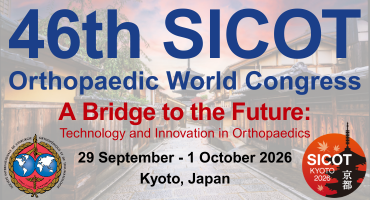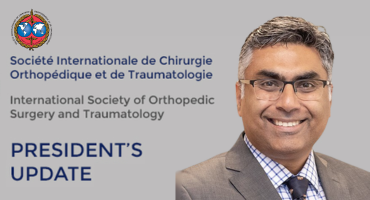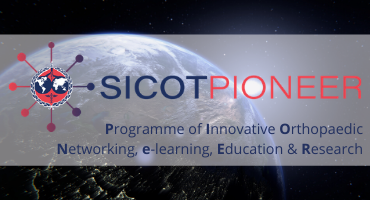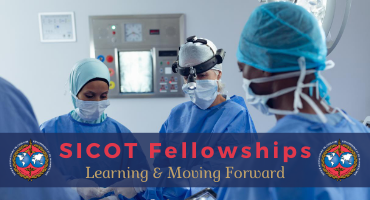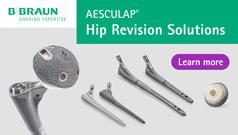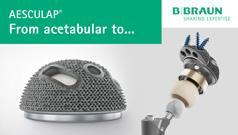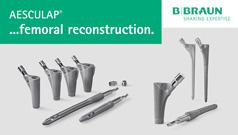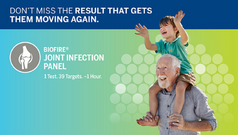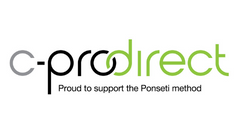Int Orthop. 2025 Sep 3. doi: 10.1007/s00264-025-06643-9. Online ahead of print.
ABSTRACT
BACKGROUND: Knee osteoarthritis (KOA) is a major health burden for adults and the elderly globally; however, national radiological and epidemiological data and predictive models for KOA are lacking in China. Most of the existing studies are limited to regional samples, which cannot accurately reflect disease burden and risk factors.
OBJECTIVES: This study aimed to systematically analyze the prevalence and risk factors of adult radiology KOA in China for the first time using a national representative sample and to develop a prediction model to provide a basis for public health strategies.
METHODS: A multi-stage stratified random sampling method was employed to select 30 cities and 10 rural counties from 10 provinces, consisting of 30,455 participants aged 50 years and older who had lived in the area for at least five years. Knee X-rays were assessed using the Kellgren-Lawrence grading system, and demographic, clinical, and geographic data were collected. Samples were randomly divided into modeling and validation groups. A predictive model was developed using multiple logistic regression, and its performance was validated using receiver operating characteristic curves, calibration plots, and decision curve analysis. Further, an interactive web calculator based on R Shiny was developed.
RESULTS: This study enrolled 31,206 individuals. Questionnaires from 751 (2.5%) individuals were ultimately excluded due to missing items, insufficient responses, or logical errors. After exclusions, 30,455 (97.5%) individuals participated in the Chinese National KOA Study, consisting of 11,605 (38%) and 18,850 (62%) from urban and rural areas and 13,444 (44%) and 17,011 (56%) men and women, respectively. A total of 9,145 participants were diagnosed with radiographic KOA, and 3,515 participants, including 969 men and 2,546 women, had symptomatic knees. The population-weighted prevalence of radiographic KOA in China was 27.9 (95% confidence interval: 24.8-31.1) per 1000 people. A predictive model for KOA was developed, and its validity was verified among male and female patients. Significant risk factors for men included age, education, body mass index (BMI), central obesity, and residence in the hills; whereas, for women, age, education, BMI, previous knee impairment, more than two childbirths, and hypertension were risk factors. Two interactive web calculators based on R shiny were developed to access the probability of KOA. The website address for male patients was https://kneeosteoarthritisnomogram.shinyapps.io/DynNomapp/ , and for female patients was https://femalekneeosteoarthritisnomogram.shinyapps.io/DynNomapp/ .
CONCLUSIONS: Our results provide detailed information on knee joint incidence, distribution, and risk factors, which is considered the latest clinical evidence basis for national healthcare planning and prevention efforts in China and other regions. To facilitate KOA prevention, public health policies focusing on risk factors for KOA, such as maintaining a healthy weight, implementing health management, and reducing underlying diseases, should be implemented. Further, men should avoid living in mountainous areas and women should have fewer childbirths and not have knee impairments.
PMID:40900168 | DOI:10.1007/s00264-025-06643-9






